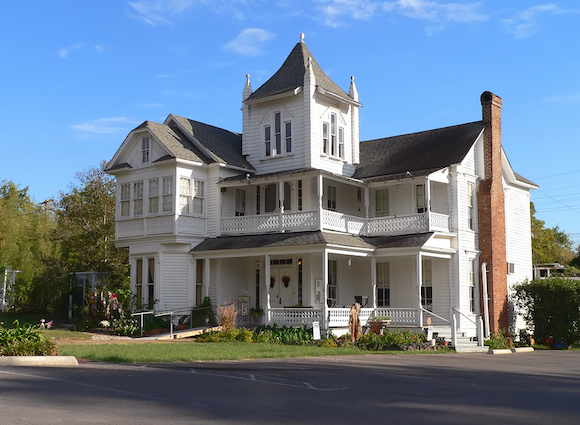Home Insurance for Historic Properties

In a world where modernity often takes center stage, historic properties stand as a testament to the rich tapestry of our past. Owning and maintaining a historic home is a unique privilege, but it also comes with a distinct set of challenges. One such challenge is finding the right insurance coverage to protect your cherished historic property. In this article, we will explore the intricacies of home insurance for historic properties, offering guidance and insights to help you preserve your piece of history while ensuring it is adequately protected.
Why Historic Properties Need Specialized Insurance
Understanding the Uniqueness of Historic Properties
Historic properties are more than just old houses; they are living museums of architectural and cultural significance. These homes often feature original craftsmanship, architectural styles, and materials that are no longer commonly used. Standard insurance policies are typically ill-equipped to address the specialized needs of historic homes.
Historic Value vs. Market Value
One of the key distinctions is the difference between historic value and market value. Historic properties have a value beyond what you would find in a typical real estate market. This intrinsic historic value is a crucial consideration when insuring such properties.
Types of Coverage
Dwelling Coverage
Dwelling coverage is the cornerstone of any home insurance policy. For historic properties, it should not only cover structural damages but also restoration costs for original features and materials.
Replacement Cost vs. Actual Cash Value
When insuring a historic property, you need to decide whether to opt for replacement cost or actual cash value coverage. Replacement cost coverage ensures that any damaged or destroyed components will be replaced with historically accurate materials and craftsmanship. Actual cash value coverage, on the other hand, takes depreciation into account, potentially leaving you with insufficient funds for a true restoration.
Ordinance and Law Coverage
Historic properties often need to comply with special zoning and building regulations. Ordinance and law coverage can help cover the additional costs associated with bringing your property up to code without sacrificing its historical integrity.
Valuable Items Coverage
Many historic homeowners have valuable antiques, artifacts, or collections. Ensuring that these items are adequately covered requires additional valuable items coverage.
Unique Challenges in Insuring Historic Homes
Age-Related Risks
The older a property, the more prone it may be to age-related issues, such as plumbing or electrical problems. Insurance should cover these unique risks.
Maintenance and Preservation
Maintaining a historic property often requires specialty craftsmen and materials, which can be more expensive. Insurance should account for these added costs.
Documenting Your Historic Home
Before insuring your historic property, it’s essential to document its features and history. Detailed records can be invaluable when filing a claim.
Finding the Right Insurer

Specialized Historic Property Insurers
Some insurance companies specialize in historic property coverage. These insurers have a deep understanding of the unique needs of historic homes.
Consult an Insurance Agent
Working with an experienced insurance agent who understands historic properties can help you navigate the complexities of finding the right coverage.
Conclusion
Protecting a historic property is not just about safeguarding a house; it’s about preserving a piece of our shared history. Finding the right insurance for your historic home ensures that future generations can continue to appreciate its beauty and significance. With the right coverage, you can protect your cherished property and its historical value.
FAQs :
1. Why do historic properties require specialized insurance?
Historic properties have unique characteristics, such as historical value and age-related risks, that standard insurance policies are not equipped to handle. Specialized insurance is essential to adequately protect these properties.
2. What is the difference between replacement cost and actual cash value coverage for historic homes?
Replacement cost coverage ensures that damaged components are replaced with historically accurate materials, while actual cash value coverage takes depreciation into account. Choosing the right option is crucial to ensuring a proper restoration.
3. What are some common age-related risks associated with historic properties?
Age-related risks may include plumbing and electrical issues, structural problems, and deterioration of original materials. Insurance should address these specific concerns.
4. How can I find the right insurer for my historic property?
You can start by looking for insurance companies that specialize in historic property coverage. Additionally, consulting with an experienced insurance agent who understands historic homes can be invaluable in finding the right coverage.
5. Why is documenting a historic property important when seeking insurance?
Documenting your historic property helps establish its historical and architectural significance. Detailed records can assist in the claims process and ensure that your property’s unique features are properly preserved.